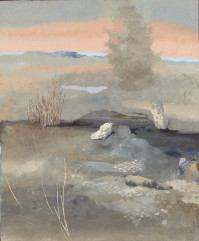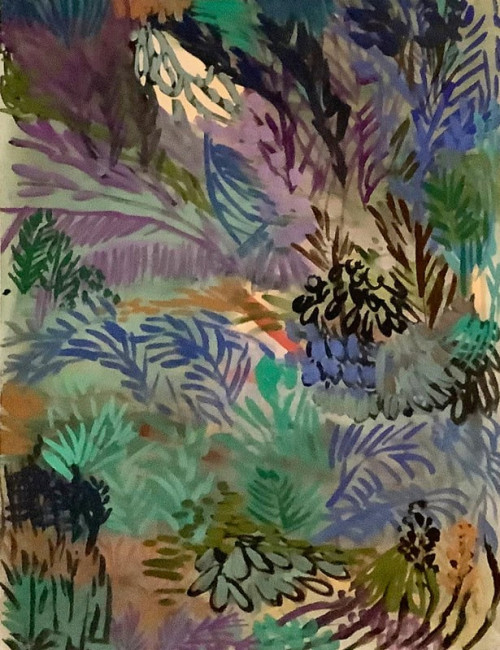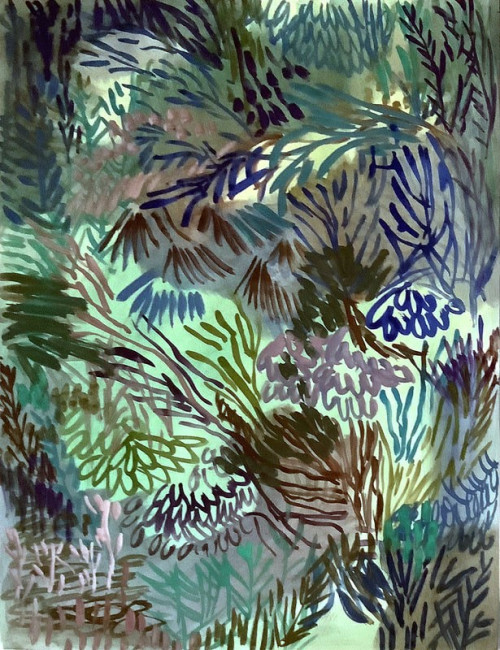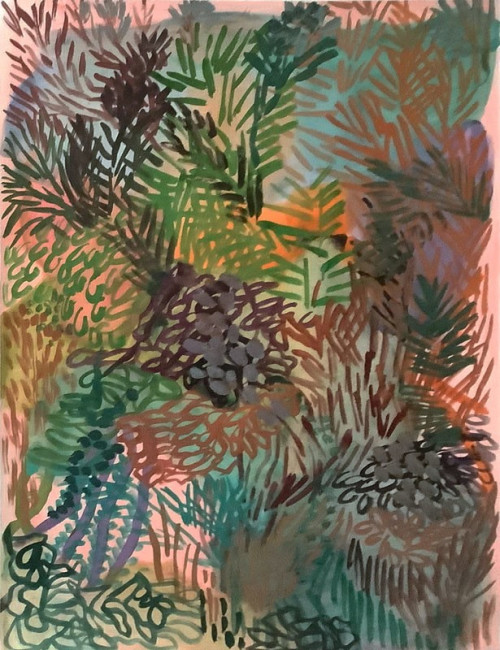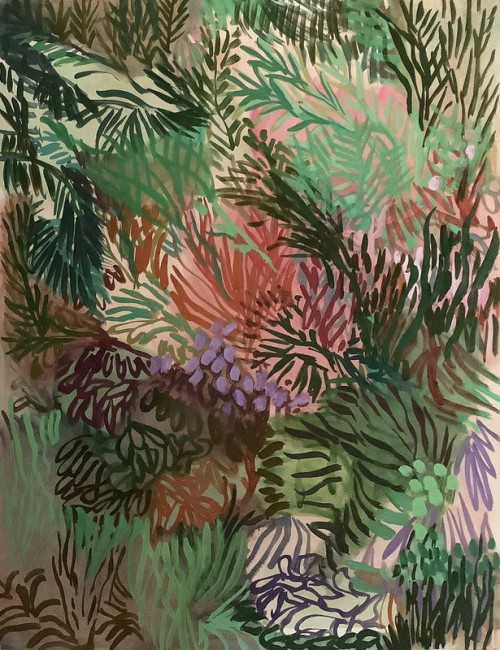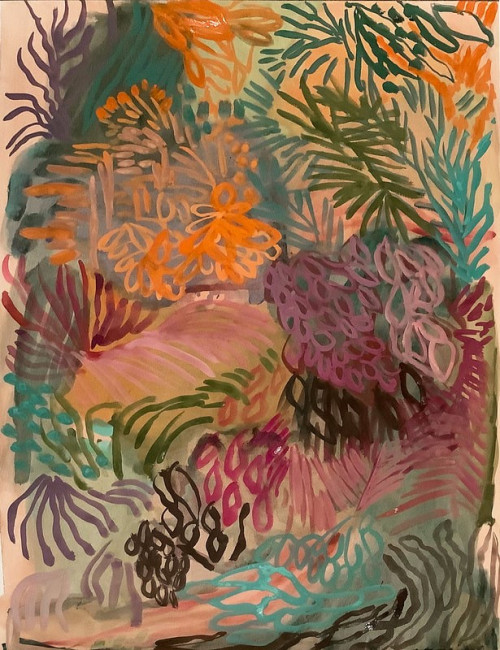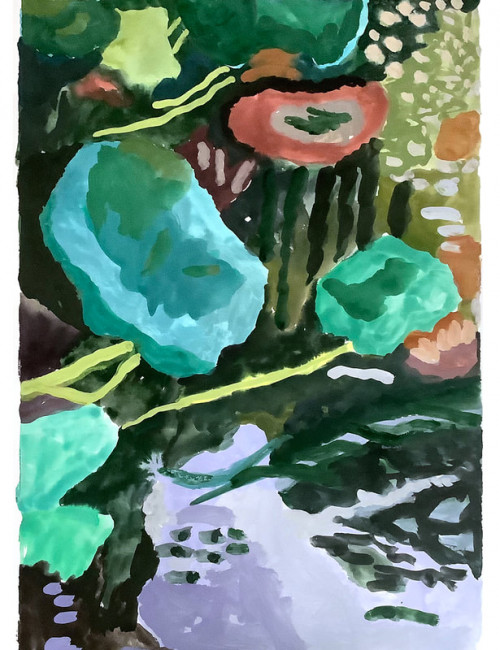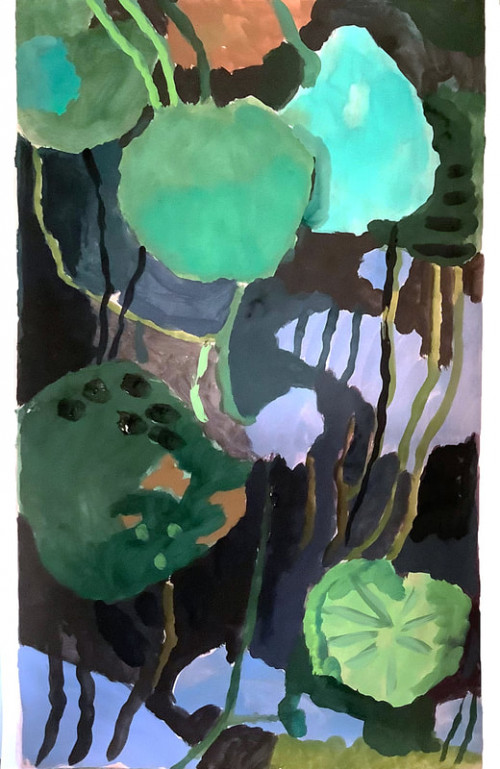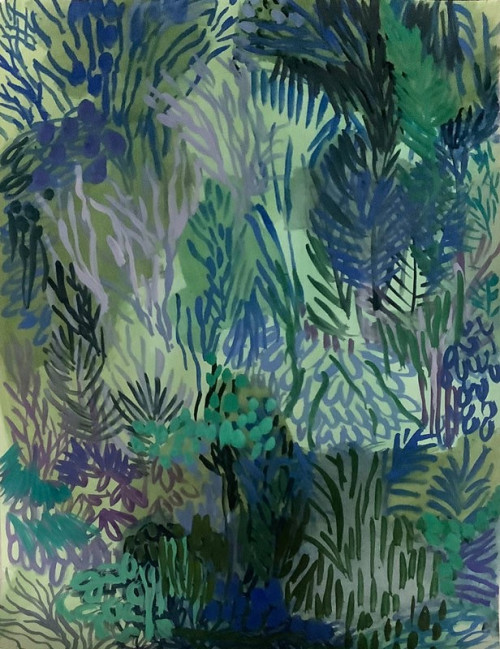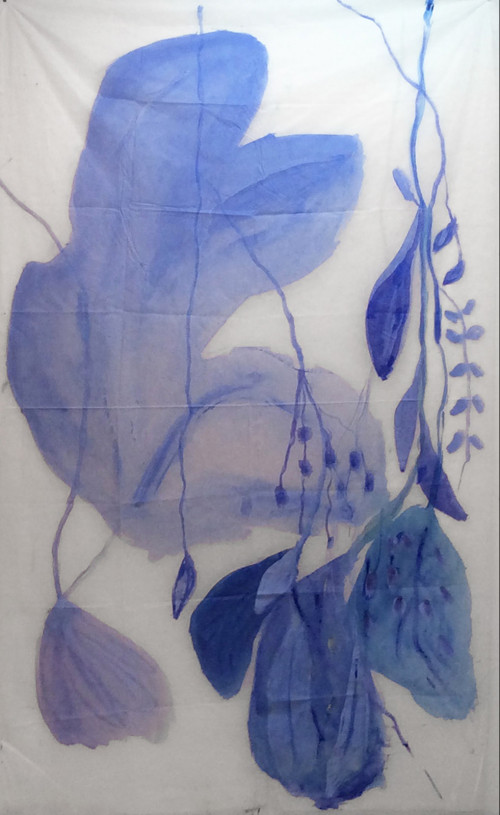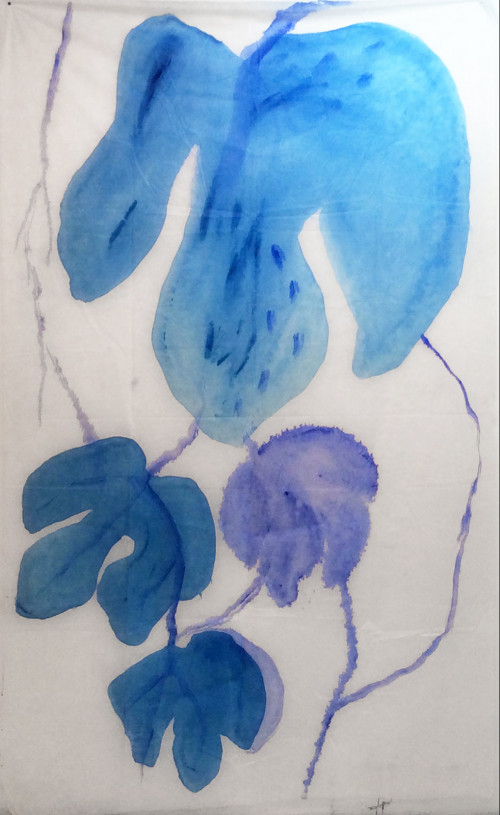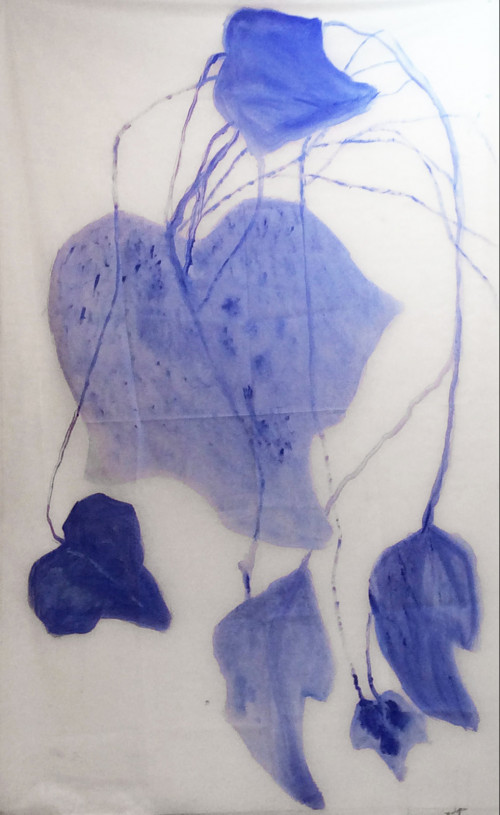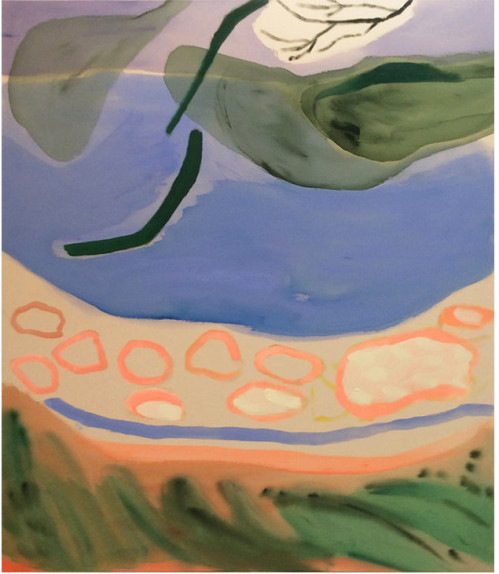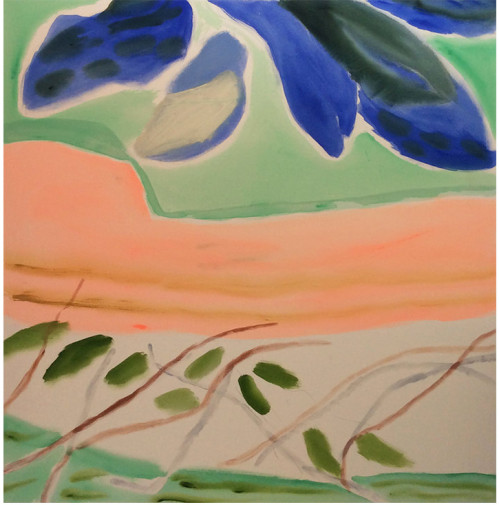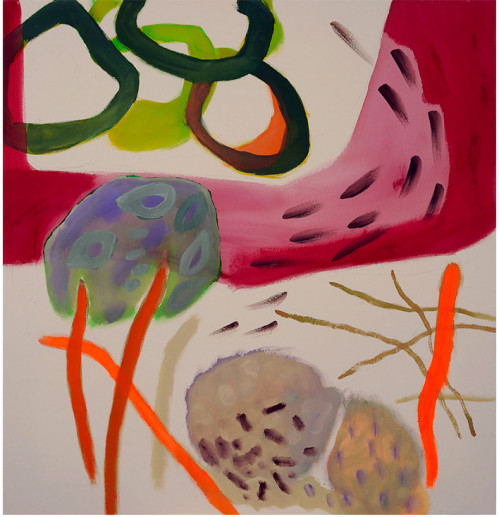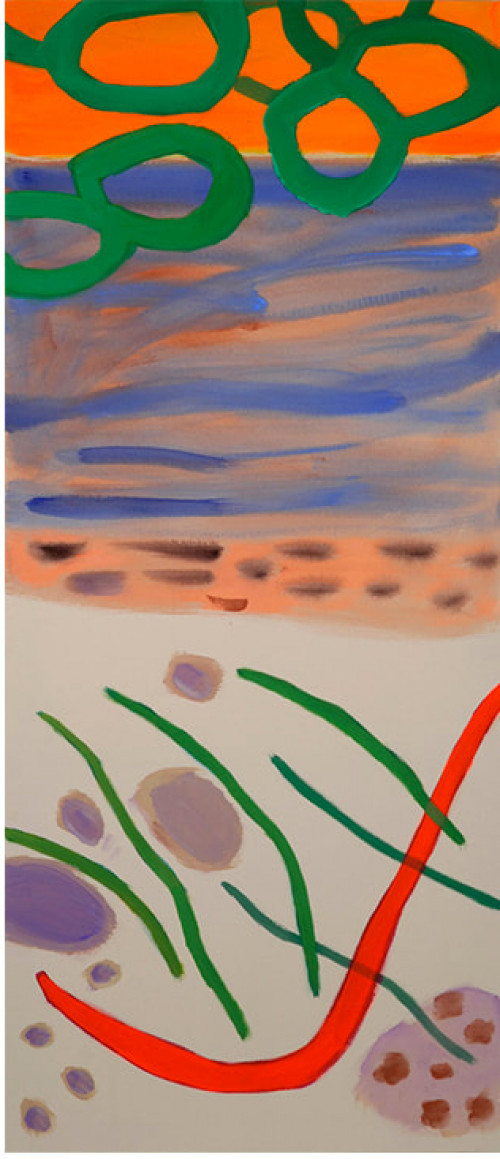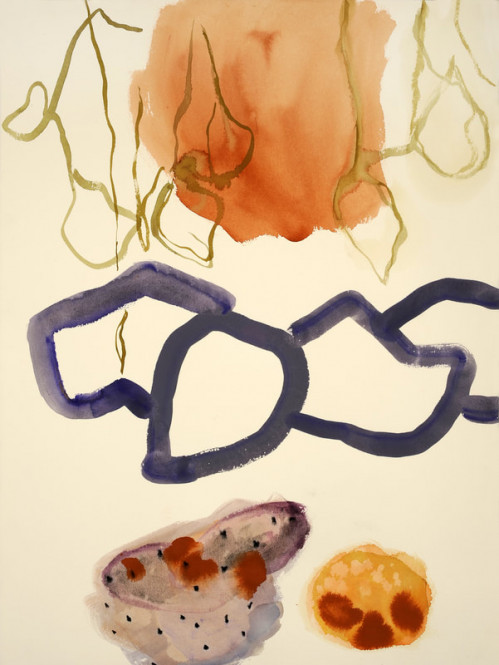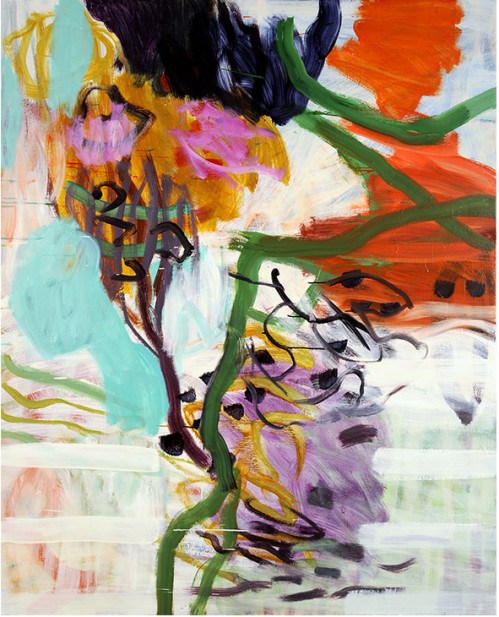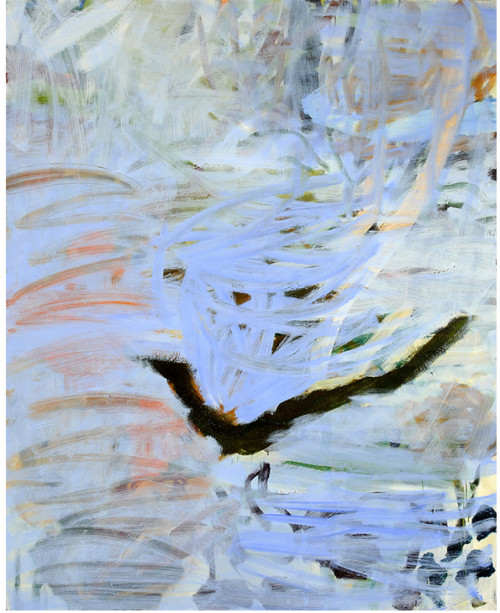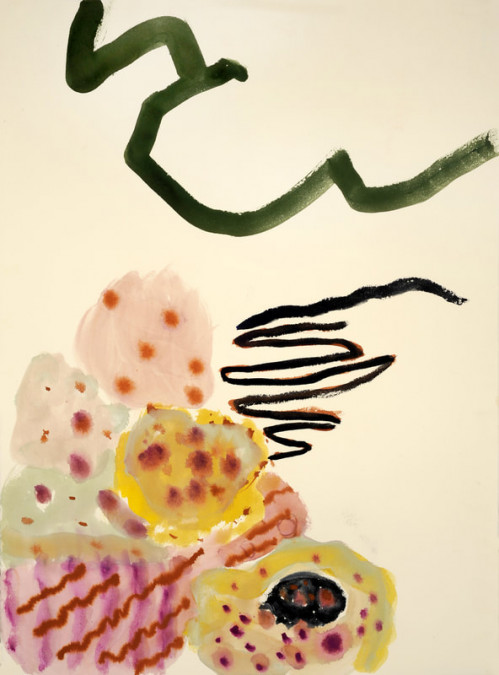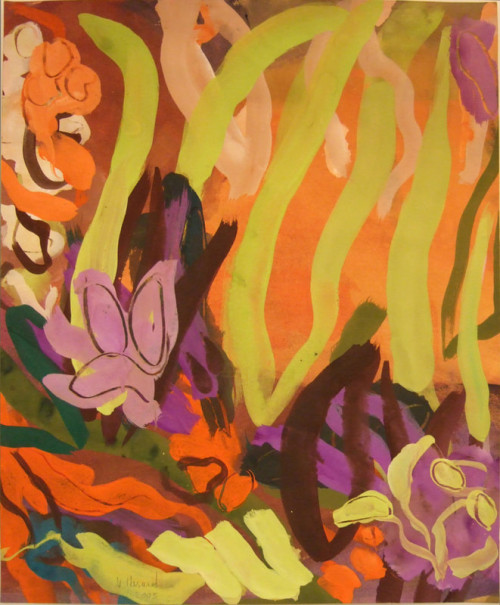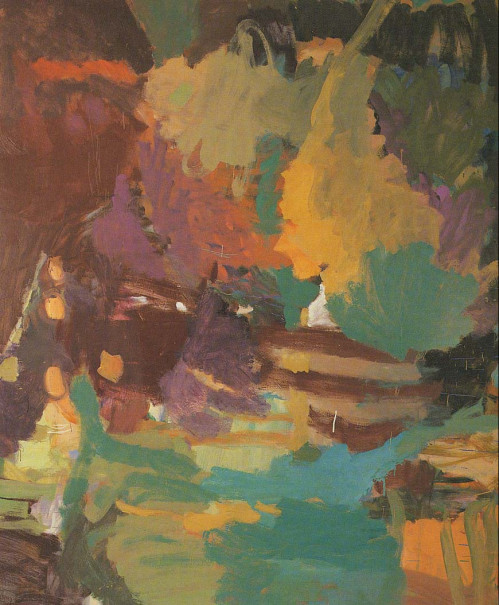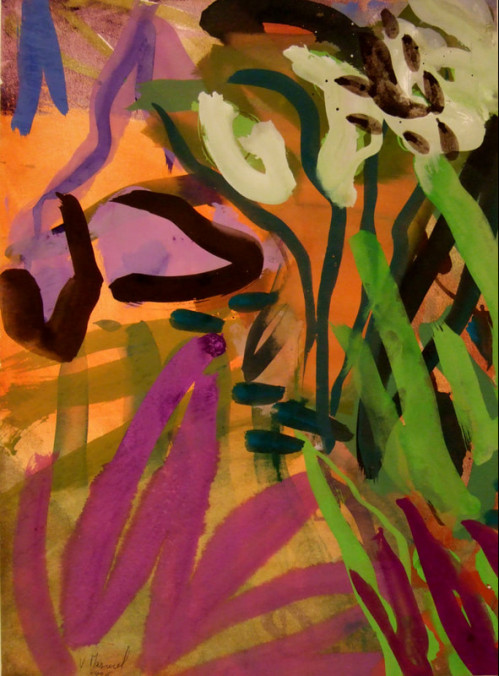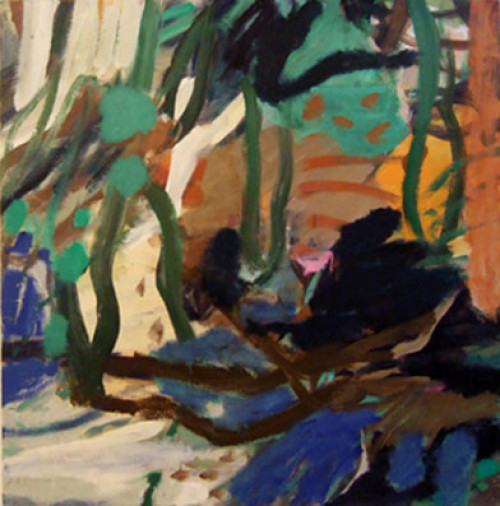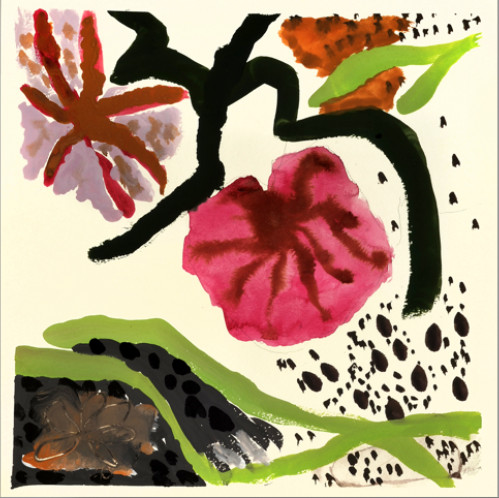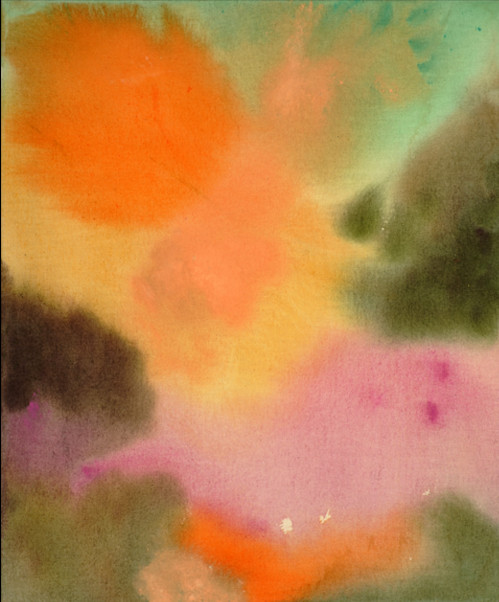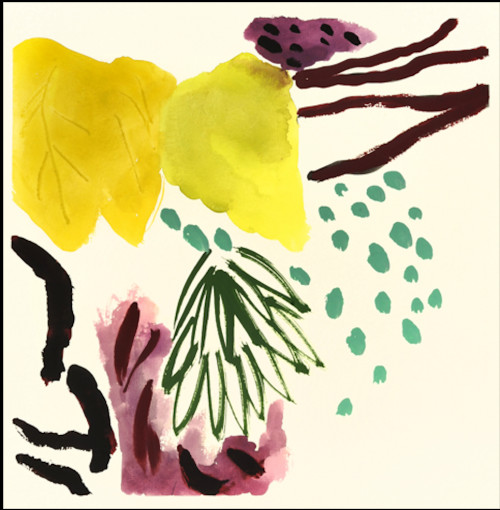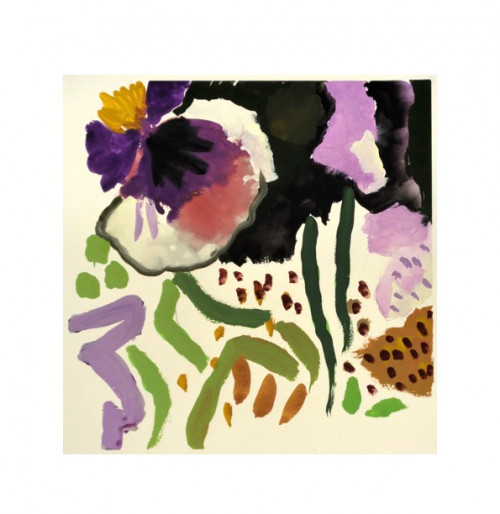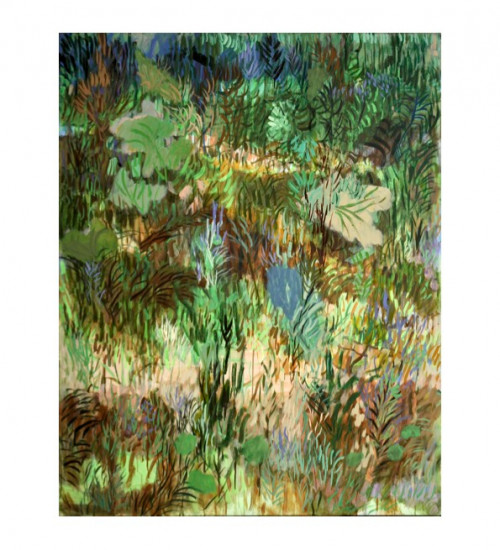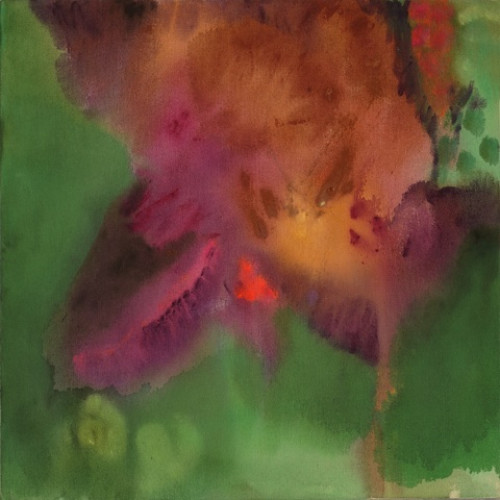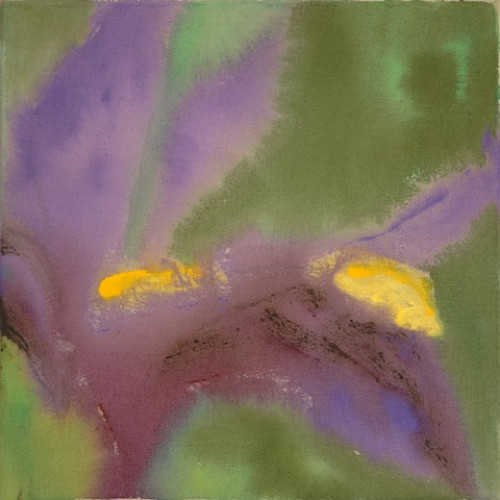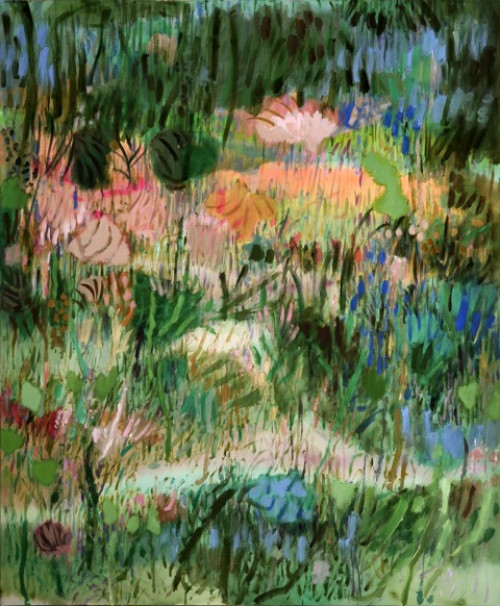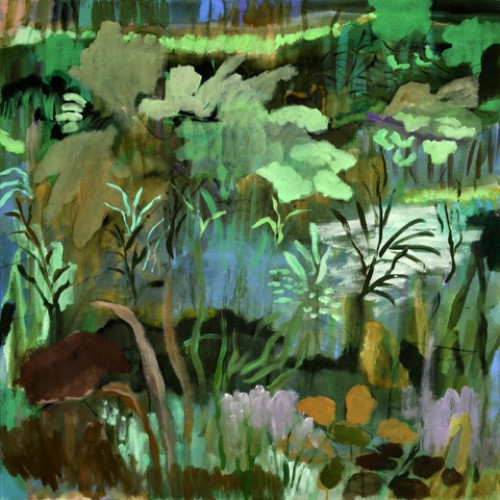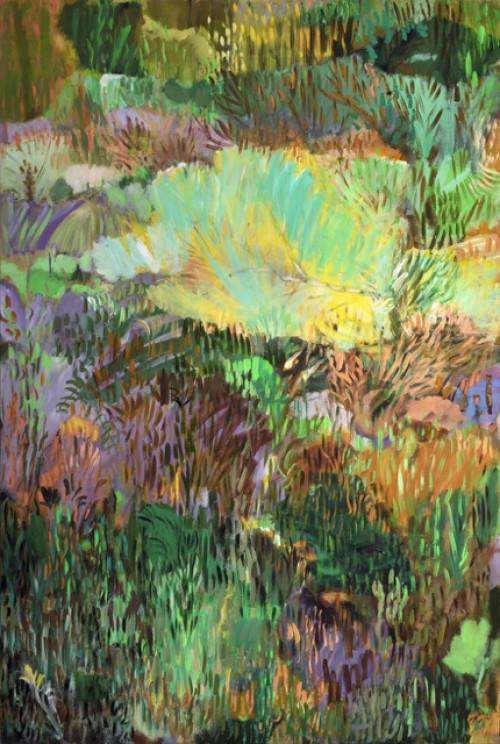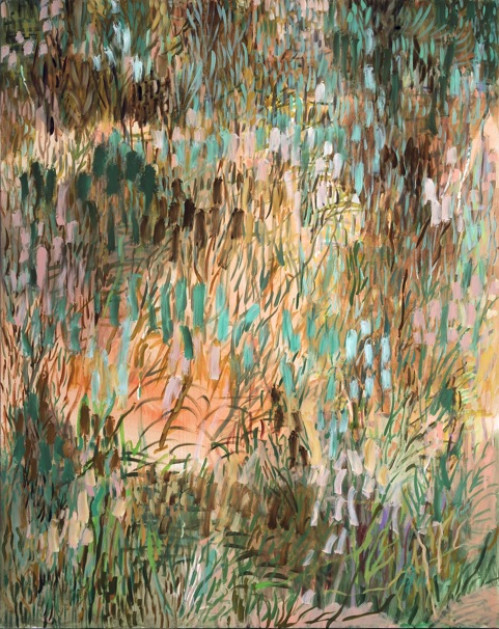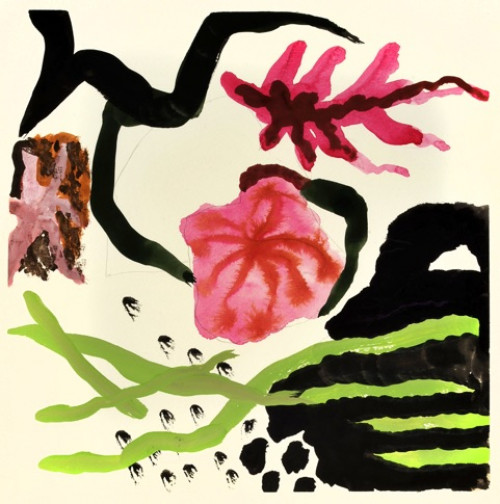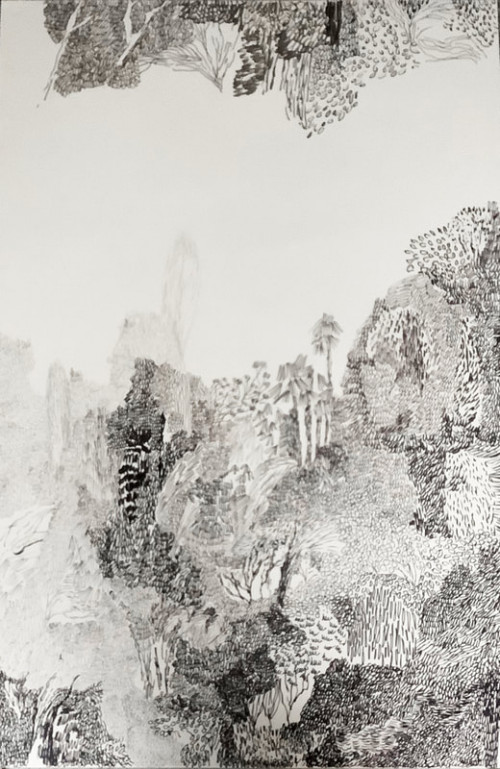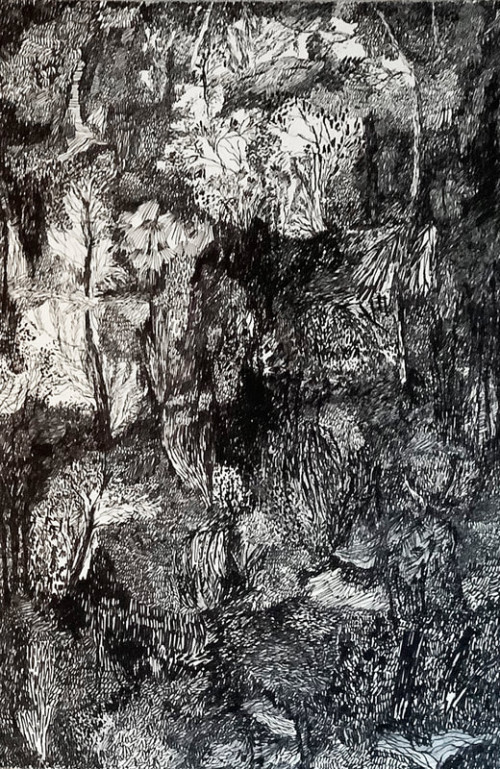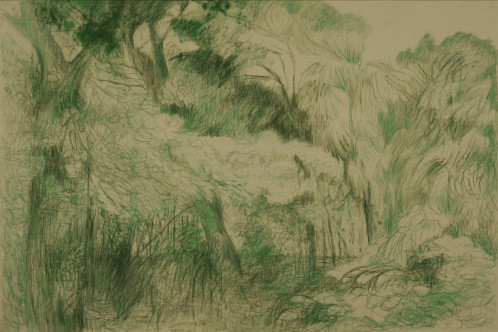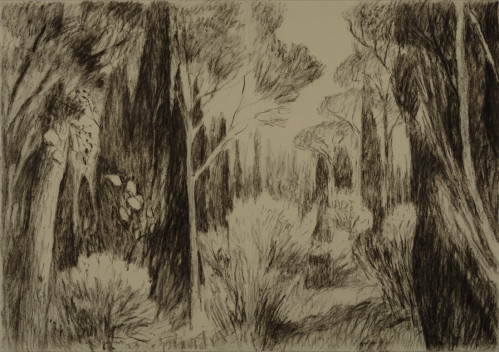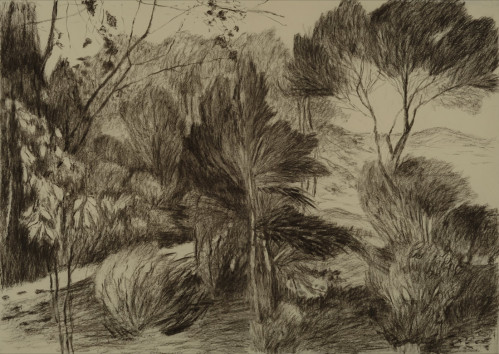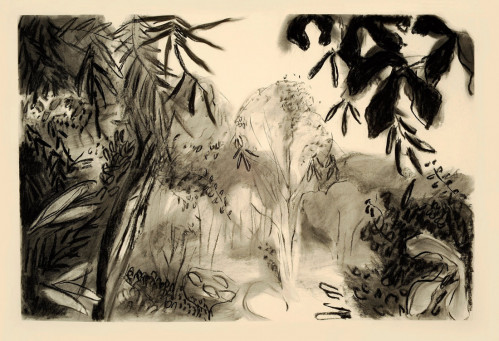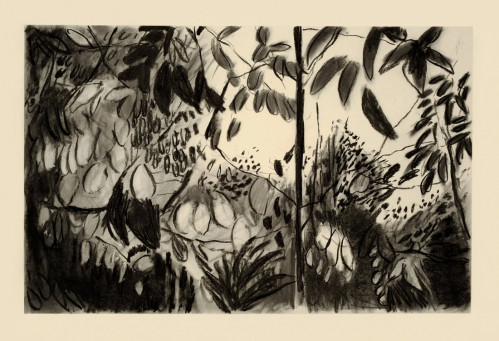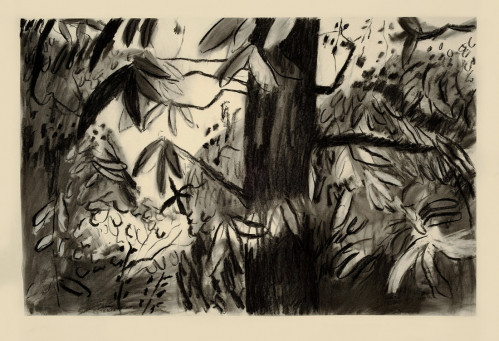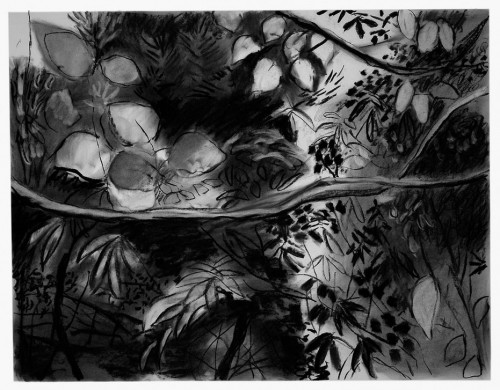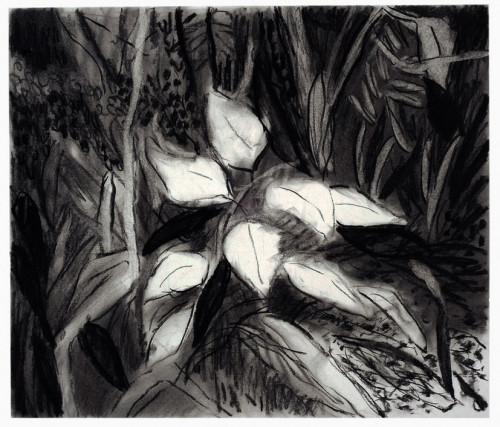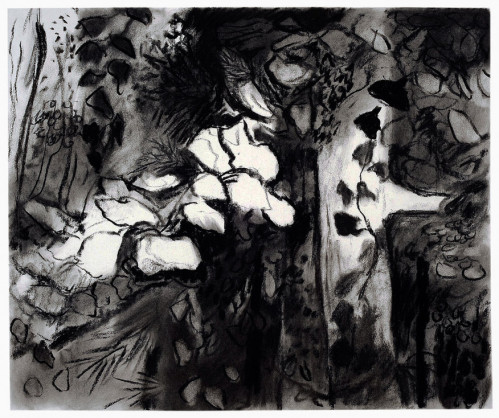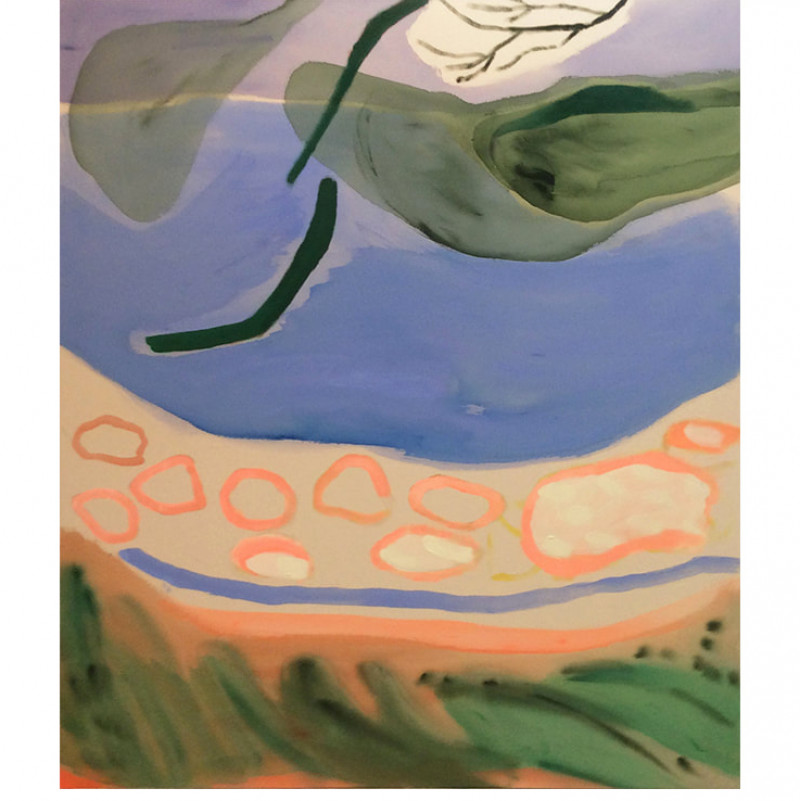
Véronique Masurel
Véronique Masurel
France
Born in 1954
press
Véronique Masurel was born in 1954 in Belgium, in Tournai. She lives and works now in Paris. She studied History at the University of Lille, then entered the Fine Arts National School in Paris where she obtained her diploma in painting. She has been a professor at the Beaux-Arts’ ateliers in Paris since 1987.
As an artist from the North, her work is pervaded by colour and gesture, made visible in her canvas through plain-coloured surfaces and brushstrokes. Her painting explores the lineage to landscapes and her world seems to have inherited from both the Flemish School throughout her geographical heritage, and French impressionists throughout her historical heritage.
Throughout her large-sized canvas, Véronique Masurel delves into the space of her landscapes, reminiscences of “buried memories”, of “travel-related feelings”, she comments. From her observation of the world and from her own subjectivity, the artist invites us to enter a realm of shapes, like so many evocations of the nature around us.
The artist develops a dynamic through her art, from naturalism to abstraction, which appeared slowly during her years of practice. Her drawings emerge as lines traced with charcoal or chalk. The result, either black and white or coloured, is elaborated within an build-up process which contrasts radically with her canvas. There, painted with gouache, oil or acrylic, the brush sketches other, more enigmatic, shapes. It, however, never cease to invoke a lively-shaded vegetable kingdom, sometimes lush, sometimes purified.
artworks
painting
drawing
press
Exposition Empreintes, 2015 - communiqué de presse
Véronique Masurel : Empreintes

Interview with Véronique Masurel on the occasion of her exhibition Empreintes at the Frédéric Moisan gallery, 2015
Interview by Solenn Laurent
S.L .: This is your third personal exhibition at the Galerie Frédéric Moisan. Entitled "Footprints", the display reveals two aspects of your work. On the one hand, charcoals where disorder and profusion reign, and on the other, canvases governed by order and purification. Are these two creative axes still driving forces in your work?
V.M .: For many years, I have been driven by a double desire. On the one hand, that of creating a world of signs, of colors that would convey an invented vision of nature, freed from the image. On the other hand, I have always been fascinated by the luxuriance of the plant world, its entanglements, its overlaps. For more than 10 years, I tried to reveal this through a slow work of accumulation and destruction, through layers of color that gradually revealed a web of entangled gestures. The landscape happened almost without my knowing it from buried memories.
S.L .: The drawings and the paintings fit well into two different dynamics. How do they work in relation to each other?
V.M .: Indeed, they have no direct relation and correspond to two moments, to two very distinct energies of my work. In the series of charcoal drawings made between 2012 and 2015, I wanted to really confront the real, to a work "from nature", and see what could emerge from this physical relationship to the forest without an intention more elaborate than that of translating luxuriance, light and shadow, these tangles of branches, leaves, lianas… In a way, let the eye and the hand act. The presentation of the series of drawings in the last part of the gallery, by its accumulation, is intended to restore an impression of immersion and saturation. The series of fabrics belongs to an experiment started in 2011 with the discovery and use of a new medium: uncoated cotton.
S.L.: Why this new support?
VM: This discovery corresponded to a need to work with color in a fresher, more immediate way, a bit like gouaches or watercolors, without repetition, by playing on fluidity, on the unexpected of the canvas which soaks up irregular way, but also on transparency and opacity, blur and sharpness ...
S.L .: The reference to Nature is permanent throughout your work. However, recent paintings are neither an abstraction nor a schematization of the landscape. Do they develop in a different order?
V.M .: The presence of a vegetal, organic world appears implicitly because it gives the initial impetus to the creation of the painting. But it is the signs, colors, shapes that punctuate the canvas, give it its balance, its harmony, or its imbalance and dissonance. A few elements, always the same, constitute a sort of syntax: tangled lines, dots, large flat shapes, fluid surfaces… The same for years.
S.L .: From this autonomous language emerges an economy, a fullness of color, an immediacy of sensation.
